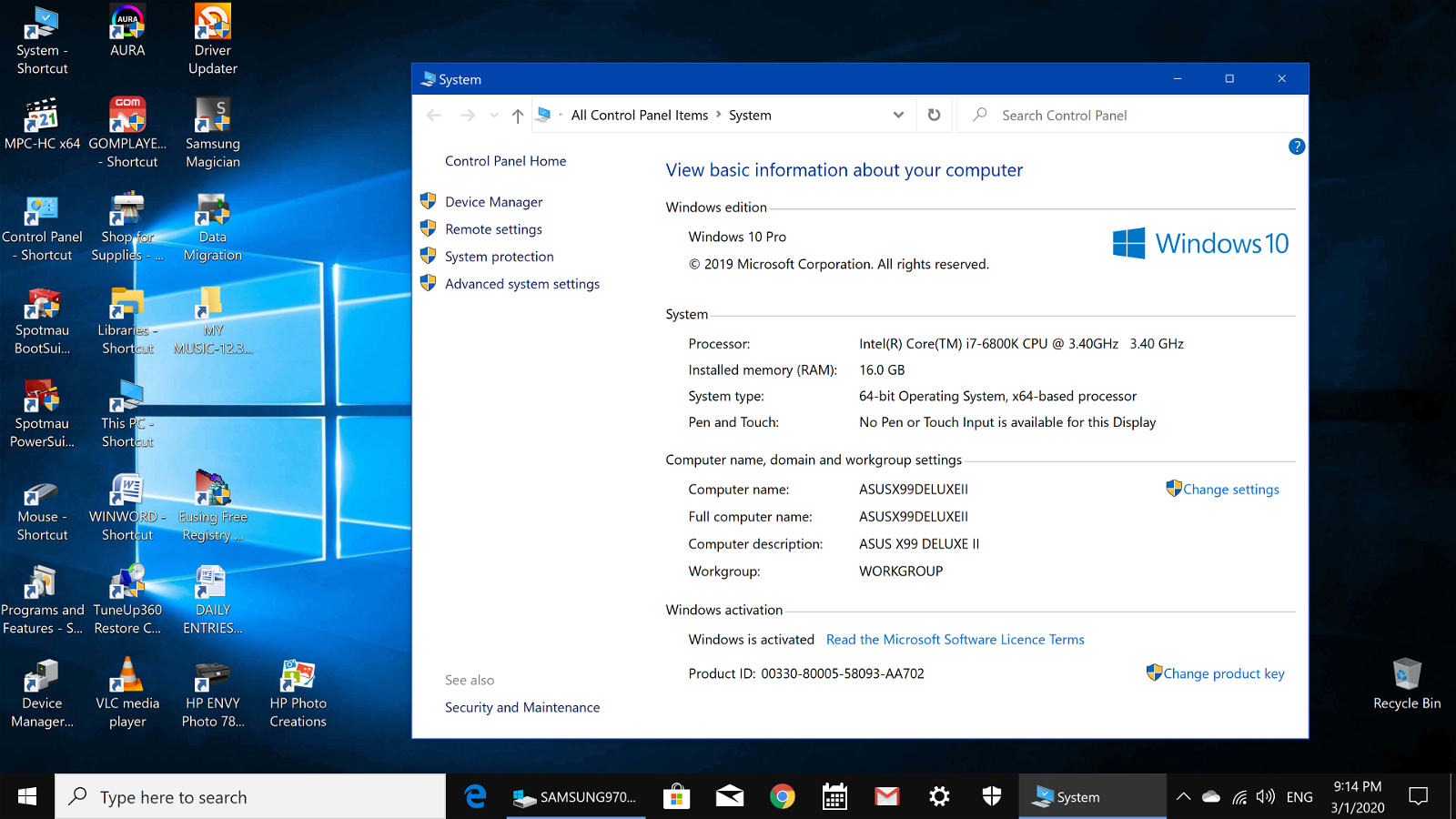Which Option Should I Choose: 32-bit or 64-bit Microsoft Office?

Microsoft Office is a suite of productivity software applications widely used by individuals and organizations. It offers a variety of programs, including Word, Excel, PowerPoint, Outlook, and OneNote. When installing Microsoft Office, you may encounter the option to choose between 32-bit and 64-bit versions. This decision depends on your system architecture and usage requirements. Let’s delve into the key factors to consider when choosing between 32-bit and 64-bit Microsoft Office:
1. System Architecture:
- 32-bit Operating System: If you’re running a 32-bit Windows operating system, you can only install the 32-bit version of Microsoft Office. 64-bit Office is incompatible with 32-bit Windows.

- 64-bit Operating System: With a 64-bit Windows operating system, you have the choice of installing either 32-bit or 64-bit Microsoft Office.

2. RAM (Random Access Memory):
-
32-bit Office: The 32-bit version of Microsoft Office can utilize a maximum of 2 GB of RAM. If you have more than 2 GB of RAM, the 32-bit version will not be able to address all of the available memory.
-
64-bit Office: The 64-bit version of Microsoft Office can leverage more than 2 GB of RAM, allowing it to handle larger files, complex calculations, and demanding tasks more efficiently.
3. Usage Requirements:
-
Basic Usage: For everyday tasks like creating documents, spreadsheets, presentations, and managing emails, the 32-bit version of Microsoft Office is sufficient, even if you have more than 2 GB of RAM.
-
Power Usage: If you frequently work with large files, perform complex data analysis, or utilize resource-intensive features, the 64-bit version of Microsoft Office is recommended, especially if you have 4 GB or more of RAM.
Here’s a summary of when to choose each version:
Choose 32-bit Microsoft Office if:
- You are running a 32-bit Windows operating system.
- You primarily use Microsoft Office for basic tasks and have less than 4 GB of RAM.
Choose 64-bit Microsoft Office if:
- You are running a 64-bit Windows operating system and have 4 GB or more of RAM.
- You regularly work with large files, perform complex data analysis, or use resource-intensive features.
Additional Considerations:
-
Software Compatibility: Ensure that your third-party add-ins and plugins are compatible with the chosen Office bit version.
-
Upgrade Path: If you start with 32-bit Office and later upgrade to a 64-bit operating system, you’ll need to reinstall Office with the 64-bit version.
Conclusion:
Choosing between 32-bit and 64-bit Microsoft Office depends on your system architecture and usage requirements. If you’re unsure, the 64-bit version is generally recommended for better performance, especially if you have 4 GB or more of RAM. Consider your specific needs and make an informed decision.
We hope this helps!
